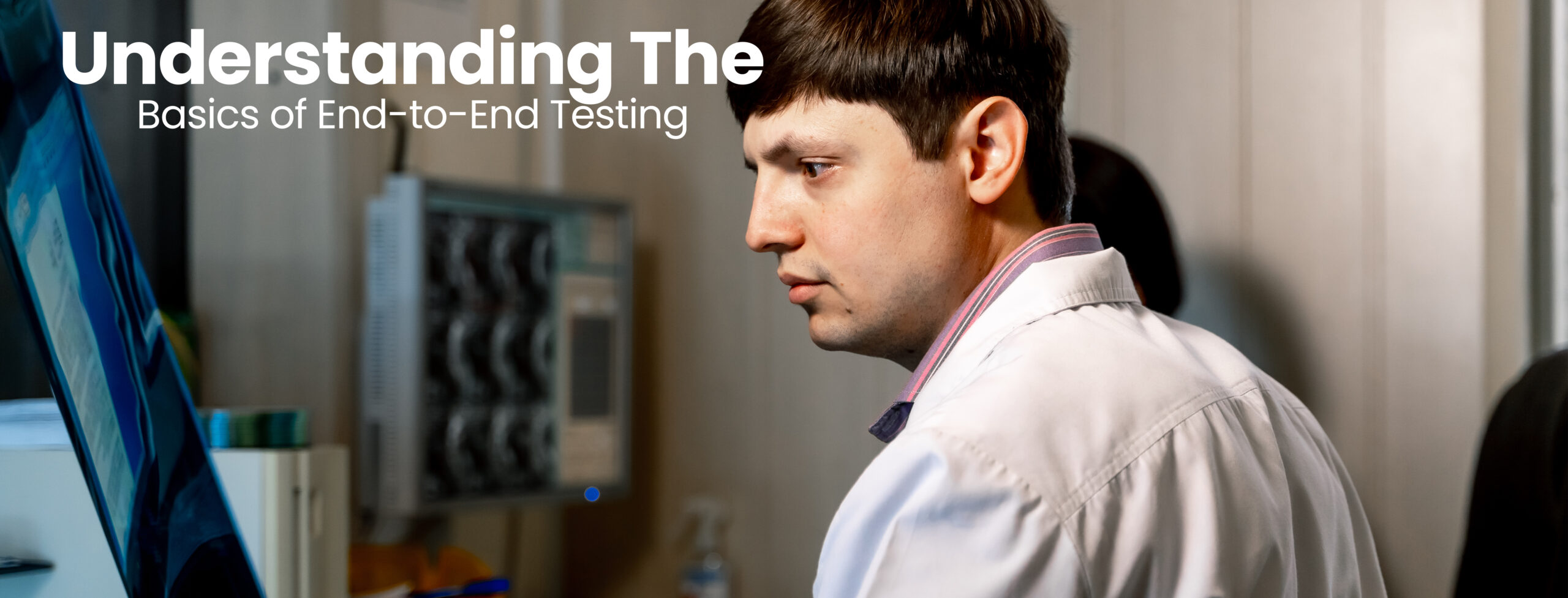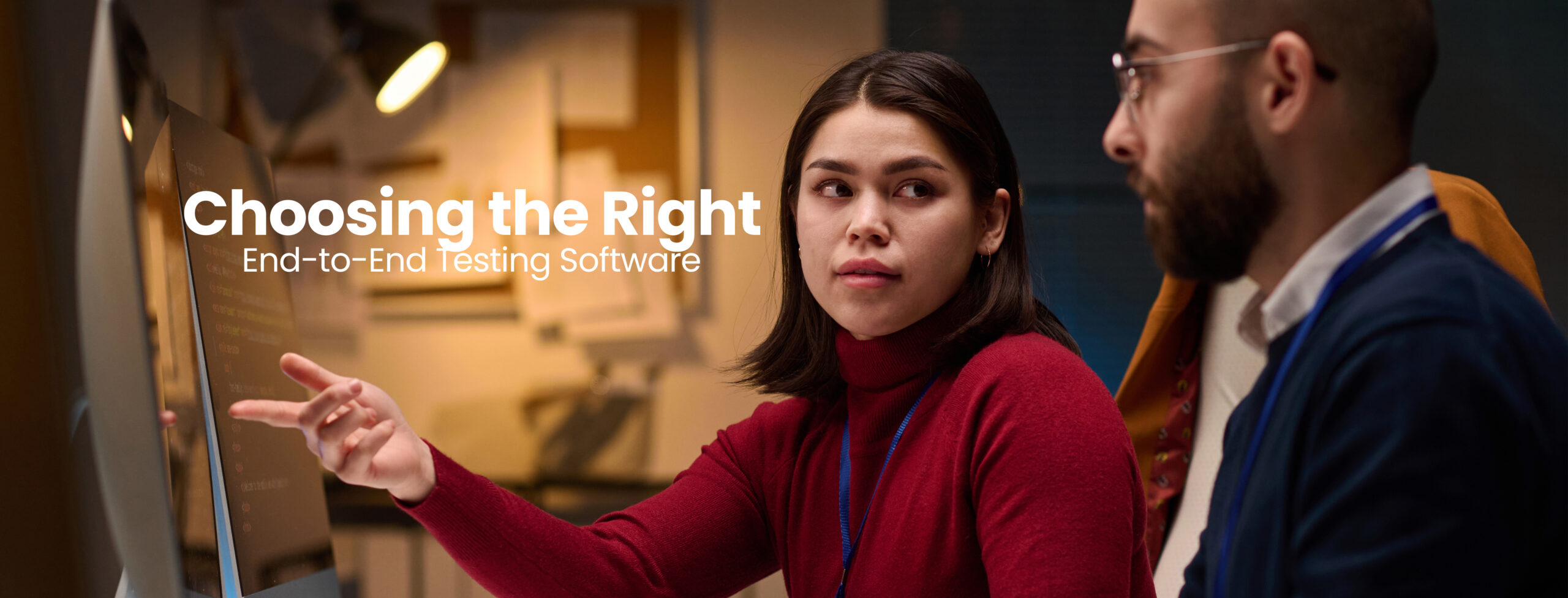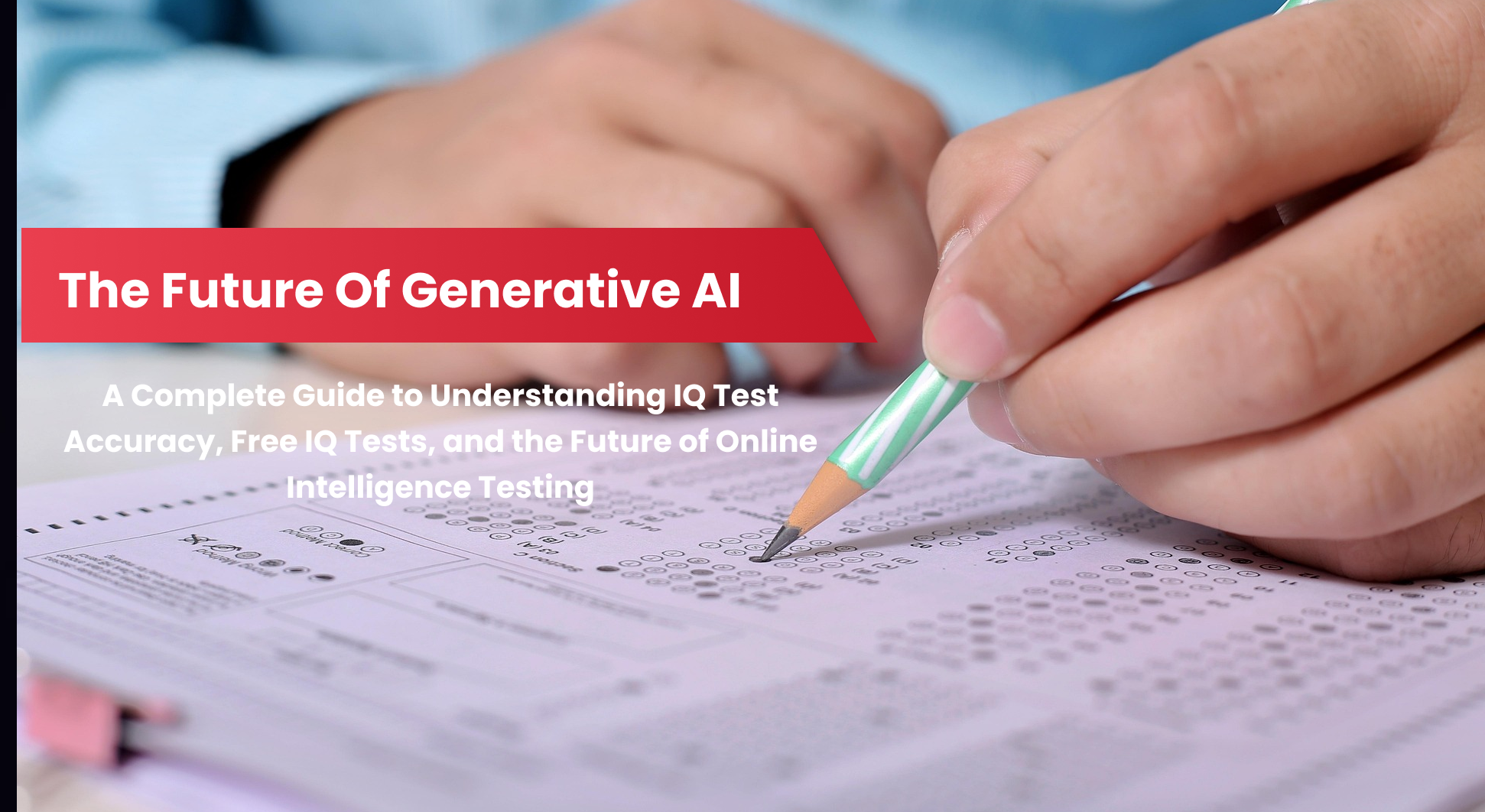In today’s fast-paced digital world, ensuring that an application works flawlessly across various user scenarios is critical for success.
But how can teams achieve this level of confidence? Enter end-to-end testing.
So, what is end-to-end testing? And how to ensure application reliability with it?
Simply put, it’s a testing methodology that verifies the entire workflow of an application, from start to finish, to ensure its reliability and functionality.
By simulating real-world user scenarios, end-to-end testing automation allows developers to catch potential issues early and ensures a seamless user experience.
Let’s dive deeper into the end-to-end testing process, its importance, and how it can be implemented effectively.
Key Takeaways - What is End-to-End Testing?
- Understand what end-to-end testing is and how it ensures application reliability by testing complete workflows.
- Learn why end-to-end testing is crucial for modern applications, improving user experience and reducing risks.
- Explore the end-to-end testing process, including planning, execution, and analysis.
- Discover the role of automated end-to-end testing and popular tools like Cypress.
- Gain insights into Cypress as one of the leading solutions for end-to-end testing, highlighting its unique features.
- Review an example workflow, such as testing an online banking application, to see end-to-end testing in action.
- Learn best practices for creating an effective end-to-end testing strategy.
- Understand key factors for selecting the right end-to-end testing tools for your needs.
Understanding the Basics of End-to-End Testing

Before delving into the details, let’s define what is E2E testing. End-to-end testing is a comprehensive testing approach designed to validate an application’s functionality and performance across all interconnected systems.
Unlike unit or integration testing, which focuses on individual components or modules, E2E testing evaluates the entire application flow—from the front-end interface to the back-end database and everything in between.
For example, consider an e-commerce application. An end-to-end test would simulate a customer browsing the catalog, adding items to the cart, completing payment, and receiving an order confirmation. The goal is to ensure every step in the process works seamlessly together.
If you want to learn more about end-to-end testing, subscribe to Fast Learner, an AI-powered learning platform for every eager learner.
The Importance of End-to-End Testing in Modern Development
End-to-end testing is essential for modern software development for several reasons:
- Comprehensive Validation: It verifies the functionality and reliability of the entire application, ensuring that all components work together as expected.
- Improved User Experience: By identifying and resolving potential bottlenecks or issues, end-to-end testing ensures a smooth and satisfying user journey.
- Risk Mitigation: It helps catch errors that might go unnoticed during unit or integration testing, reducing the risk of costly bugs in production.
- Support for Complex Systems: Modern applications often involve numerous integrations with third-party services, APIs, and databases. End-to-end testing ensures these integrations function seamlessly.
The End-to-End Testing Process

An effective end-to-end testing process involves several critical steps:
- Test Planning: Define the scope of testing, identify critical user workflows, and prioritize scenarios that need validation.
- Environment Setup: Create a testing environment that mirrors the production environment as closely as possible.
- Test Case Design: Develop detailed test cases for each identified workflow, covering all possible user interactions.
- Execution: Run the test cases manually or using automated end-to-end testing tools.
- Analysis: Review the test results, identify issues, and make necessary corrections.
- Regression Testing: Re-run tests after fixes to ensure that the changes haven’t introduced new issues.
End-to-End Testing Automation
With the increasing complexity of modern applications, automated end-to-end testing has become a vital component of software quality assurance.
Automation tools enable teams to execute repetitive tests more efficiently, reducing manual effort and improving accuracy.
End-to-end automation also accelerates the development lifecycle, allowing teams to deploy updates faster.
Popular tools for automated end-to-end testing include Selenium, Cypress, and TestCafe, each offering unique features tailored to different testing needs.
A Spotlight on Cypress Testing

Cypress has emerged as one of the most popular tools for end-to-end testing, particularly for front-end applications.
Unlike traditional tools that operate outside the browser, Cypress runs directly within it, providing developers with unparalleled visibility and control over the application’s behavior.
Key Features of Cypress for E2E Testing:
- Real-time reloading for faster test execution.
- Powerful debugging capabilities with detailed error messages.
- Support for writing and running tests in JavaScript.
- Easy integration with CI/CD pipelines for continuous testing.
By leveraging Cypress, teams can create robust and reliable end-to-end testing solutions, ensuring their applications meet the highest standards of quality.
If you want to learn more about Cypress Testing, read our article “What is Cypress Testing? A Beginner’s Guide to Modern End-to-End Testing” in the Fast Learner blog.
What is End-to-End Testing with an Example?
To better understand end-to-end testing, let’s explore a practical example:
Imagine you’re developing an online banking application. A critical workflow to test might involve the following steps:
- Log in with valid credentials.
- View account balances.
- Transfer funds between accounts.
- Log out securely.
An end-to-end test would validate each step in this process, ensuring that:
- Users can log in and access their accounts securely.
- Account balances update accurately after transactions.
- The transfer feature works without errors.
- The logout function ensures session security.
Developing an End-to-End Testing Strategy

An effective end to end testing strategy is crucial for achieving reliable results. Here are some best practices:
- Prioritize Critical Workflows: Focus on the most important and frequently used user scenarios.
- Use Realistic Data: Ensure that test data mirrors real-world conditions to uncover potential issues.
- Leverage Automation: Use automated tools for repetitive and time-consuming tests.
- Integrate Testing Early: Incorporate end-to-end testing into the development process from the start.
- Monitor and Adapt: Continuously review and refine your testing strategy based on test outcomes and user feedback.
Choosing the Right End-to-End Testing Software

Selecting the right software for end-to-end testing depends on your application’s specific needs and complexity. Key factors to consider include:
- Compatibility: Ensure the tool supports your application’s technology stack.
- Ease of Use: Look for a user-friendly interface and comprehensive documentation.
- Scalability: Choose a solution that can grow with your application.
- Community Support: A vibrant user community can provide valuable resources and troubleshooting tips.
Conclusion - What is End-to-End Testing?
End-to-end testing is a cornerstone of application reliability, ensuring that all components of an application work harmoniously to deliver a seamless user experience.
By understanding what is end-to-end testing, how it ensures application reliability, and how to implement it effectively teams can identify potential issues early, improve user satisfaction, and build confidence in their software.
Whether using manual methods or leveraging advanced tools like Cypress, a robust end-to-end testing solution is essential for any modern development team.
FAQs About What is End-to-End Testing?
What is meant by end-to-end testing?
End-to-end testing is a comprehensive testing approach that validates the entire application workflow from start to finish. It ensures that all components, such as databases, APIs, and third-party integrations, work seamlessly together. This process helps identify issues and guarantees application reliability for real-world user scenarios.
What is the full end-to-end testing?
Full end-to-end testing refers to the complete evaluation of an application’s functionality and performance across all interconnected systems. It simulates real-world workflows, such as user actions from login to logout, to ensure every aspect of the application operates as expected. Automated end-to-end testing tools like Cypress can simplify this process.
What is the end-to-end testing process in Agile?
In Agile, the end-to-end testing process involves integrating testing early in the development cycle to align with iterative releases. Teams prioritize critical workflows, use automated end-to-end testing for efficiency, and continuously refine tests based on sprint feedback. This approach supports faster delivery and maintains application reliability.
What is end-to-end performance testing?
End-to-end performance testing assesses how an application performs under real-world conditions by evaluating its response time, scalability, and stability. This type of testing is crucial to ensure that the application handles expected user loads while maintaining a seamless user experience. Automated end-to-end testing solutions play a vital role in optimizing performance.



